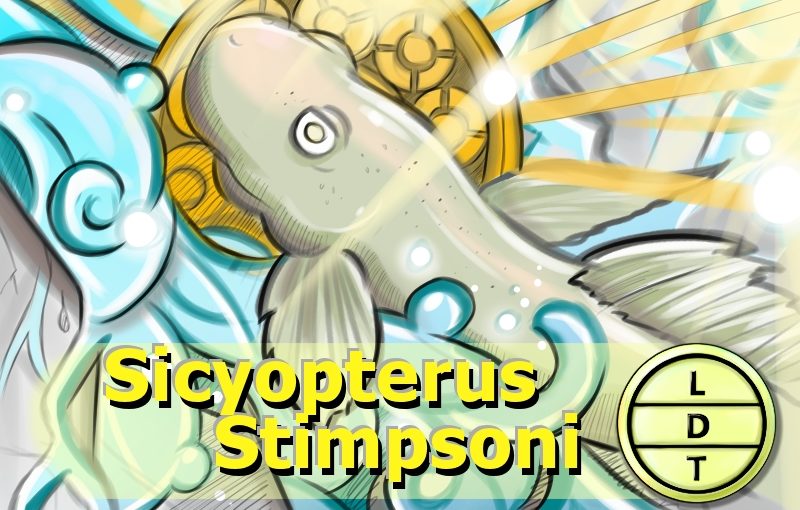“And today we’re talking about a fish with a green fin, a bright personality, and a future with an upward trajectory, but more on that later.”
Beneath the sun soaked rivers of Hawaii, there dwells a fascinating fish with tenacious tendencies. After being born, the Stimpson’s Goby is swept out to sea, far from its ancestral home. But major changes to its body force it to return to the land of its forefathers to find the food it so desperately craves, and that means surmounting some huge Hawaiian obstacles. But the Goby fish shows us that we too can face our mountains here in Life Death and Taxonomy.
Description
- The Goby is a slender fish with a rounded face and an unflappable determination.
- Tan, white, black, brown, bespeckled, and mottled
- Small dorsal and tail fins, large fan-like pectoral fins, and broad adipose and pelvic fins that run the length other their body.
- Males may display more brilliant colors like red, blue, or green.
- Their mouths a located on the lower side of their mouths and helps them suck up algae.
Measure Up
Length – 19.8 centimetres (7.8 in) – How many Goby fish go into the length of the Gobi Desert (1,000 miles (1,600 km))? Hint: The Gobi desert can reach temperatures of −40 °C (−40 °F) in winter to 45 °C (113 °F) in summer. Answer: 8,123,076 Goby fish
Genus Size – There are 37 species in in the Sicyopterus genus. – How many goby genera go into the population of Hawaii (1,427,538)? Hint: The first human settlers to Hawaii probably arrived around 300 AD. Answer: 44,6107 genera
Fast Facts
- They are endemic to Hawaii and its surrounding waters.
- The fish is amphidromous, which means that is migrate between freshwater and saltwater.
- Juveniles eat plankton in the ocean until the migrate into freshwater streams.
- After this, their development causes their mouth to change in a way that makes plankton impossible to eat.
- Their mouths move from forward facing positions to the underside of their head.
- Instead, they become benthic feeders, which means they eat organisms on the bottoms of rivers and lakes.
- They have green fins, in that they cultivate underwater gardens of algae.
- They encourage the growth of algae on rocks and boulders in fast moving streams.
- Males will zealously and jealously guard their gardens like they are 500 pound French beasts cursed by a red rose.
- These gardens also become part of their courtship displays attracting females like they’re french bookworms with stockholm syndrome.
- Males have color changing skin that can display brilliant colors and literally change with their mood.
- Females lay eggs on rocks and new hatchlings are swept downstream into the sea before they can even say, “how do you do?”

